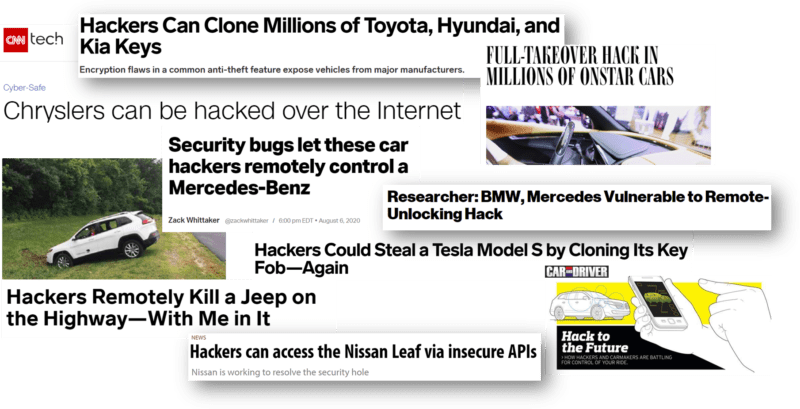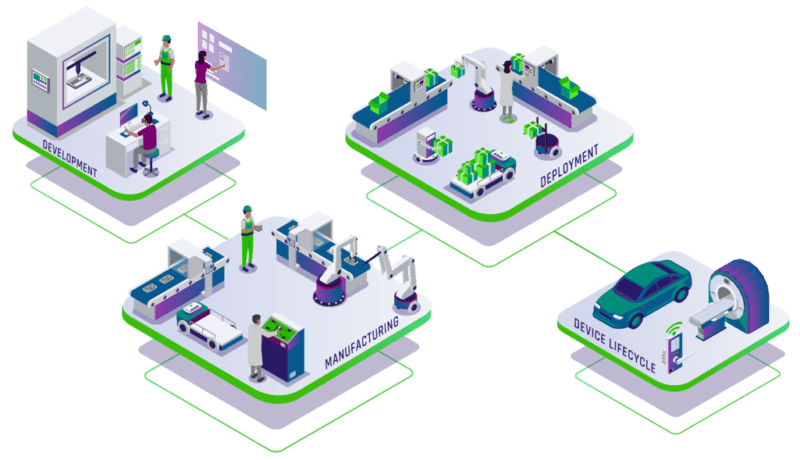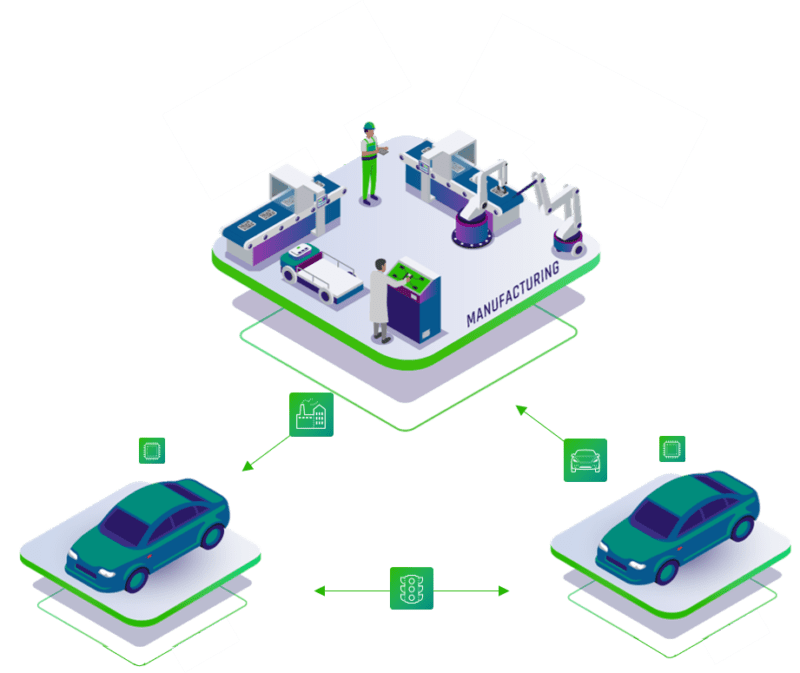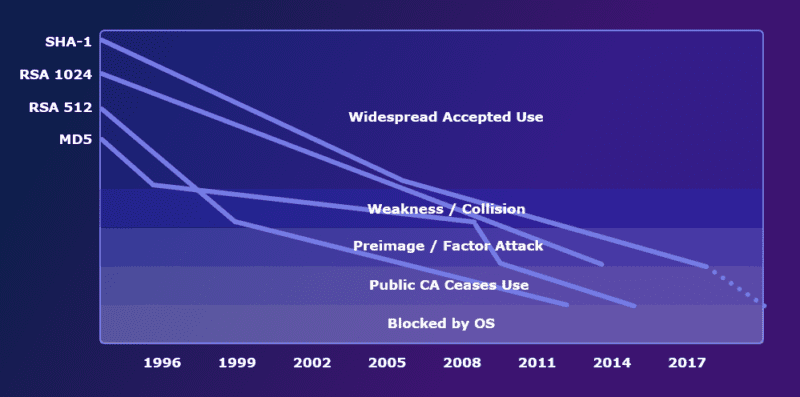Connected vehicles represent the future of transportation for good reason. They offer numerous benefits to consumers and manufacturers, and many of these promises are already available on the market.
Some of the most notable benefits of connected vehicles include:
Enhanced Safety
Features like the ability to share telemetry information across vehicles can help drivers avoid accidents, while the ability for cars to self-identify ways to reduce emissions can help lower pollution rates.
Improved Maintenance
Connected vehicles can communicate with their manufacturer to provide information on wear patterns and usage that allow for better, more predictive maintenance (consider the case of fixing a problem before it becomes a problem). Manufacturers can also use this feature to connect with car owners and enable more direct notifications for important updates, such as warranty recalls or new service offerings.
Greater Mobility
Remote access and controls, like the ability to use an app to pinpoint a car’s location or determine if the doors are locked, provide vehicle owners with more control over their cars. At the same time, infotainment centers that link directly to navigation systems and receive regular updates for new features turn these vehicles into a platform for apps and content distribution that provide increasing value to their owners.
Complete Automation
Long term, one of the biggest goals of connected vehicles is to create truly autonomous vehicles, like a car that drives itself. This idea can not only save time, but also facilitate numerous use cases like car sharing.
Coordinated Automation
Building on the idea of automation, coordinated automation would allow vehicles to speak with one another and with traffic infrastructure, for example to share information like wind resistance and even location so that cars can route each other to avoid slow downs and coordinate with infrastructure like traffic lights. This state of coordinated automation could lead to tremendous efficiencies in terms of fuel savings, energy savings and so forth.
For these promises to reach their full potential though, security must be present, because without the right security measures in place these capabilities will present more danger than anything else.










